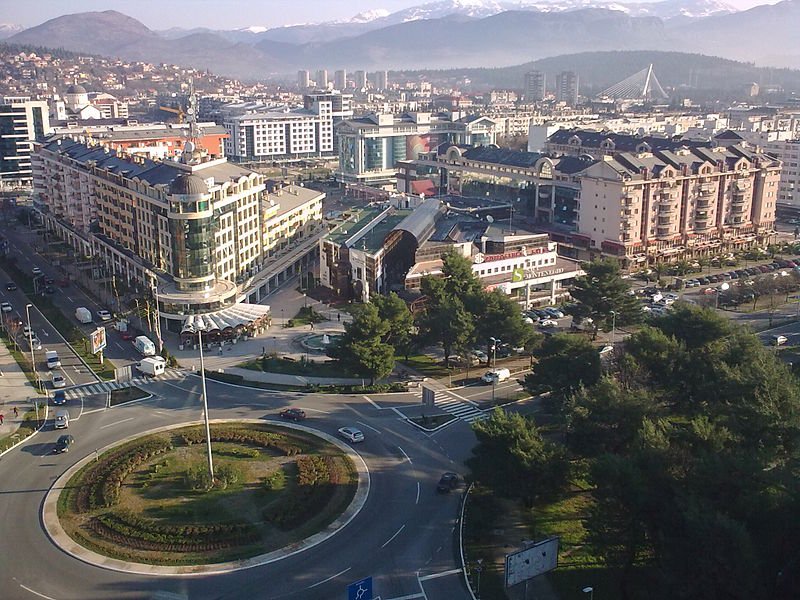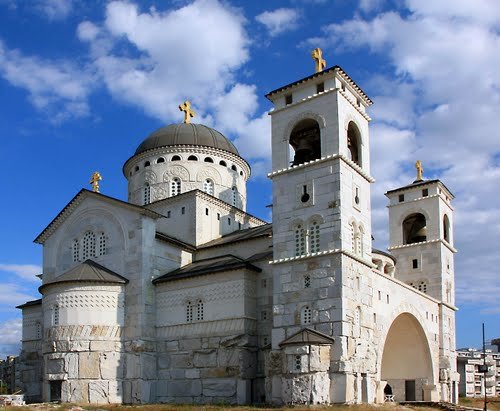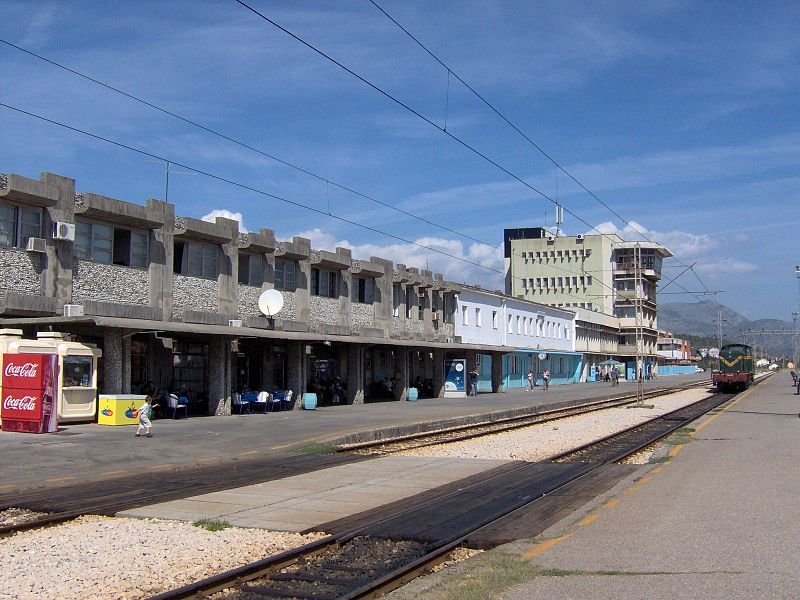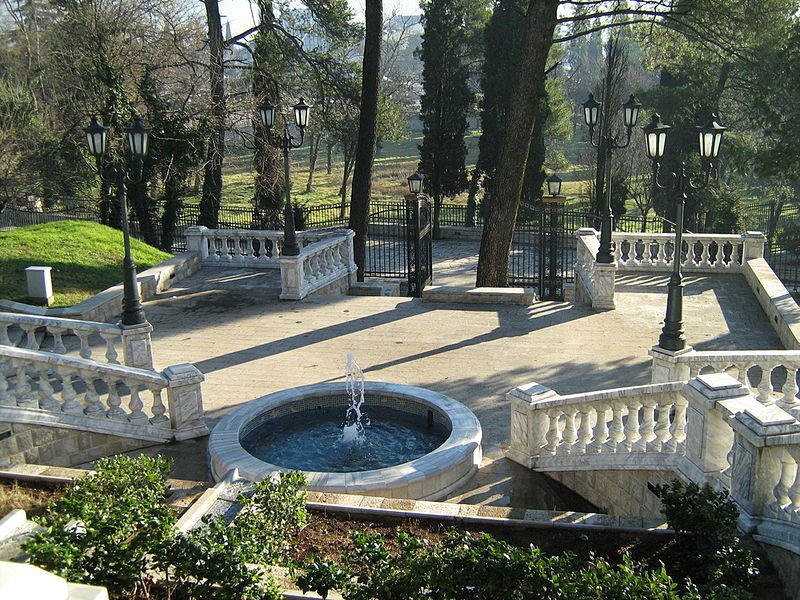 Podgorica, Montenegro
Podgorica, MontenegroSource: https://commons.wikimedia.org/wiki/File:PodgoricaOverview.jpg
Author: Nije bitno

Podgorica (Подгорица), which means "under the small hill", is the capital and biggest city in Montenegro. The city in the southern part of the country covers 1,441 sq km (556.4 sq mi) and has a population of 188,000 (2011 estimate). It observes the Central European Time, which is an hour ahead of Coordinated Universal Time (UTC+1). The phone IDD area code for Podgorica is +380-20.
Podgorica is located about 15 km from Lake Skadar, the biggest lake in the Balkan Peninsula. The city is on the flat Zeta plain watered by a number of rivers, among them Morača and Ribnica.
 Orthodox Cathedral of the Resurrection of Christ, Podgorica
Orthodox Cathedral of the Resurrection of Christ, PodgoricaSource: https://commons.wikimedia.org/wiki/File:Hram001.jpg
Author: Soviet92

Podgorica experiences a Mediterranean climate, modified by its proximity to the Dinaric Alps. The winters here are cold while summers hot and dry. Highest temperatures are registered in July and August, with the average high of 33°C (91°F). January is the coldest month, when the average low temperature drops to 2°C (36°F). October is the wettest month, receiving som 230 mm (9.06 in) of precipitation.
Located at the crossroads of important trade routes has its advantages as well as drawbacks. Podgorica has seen human habitation going back to the Neolithic age. Different tribes have passed by the area, some settling. The area has been part of the Roman Empire, and was ruled by Slavic and Avar tribes.
 Podgorica main train station
Podgorica main train stationSource: https://commons.wikimedia.org/wiki/File:Pgrail.jpg
Author: Tadeáš Dohňanský

The city of Podgorica was first recorded in 1326. It was a trading center between trade routes. In 1474 it was captured and added into the Ottoman Empire, where it remained for several centuries. By the late 19th century, the empire was in decline, and this led to Podgorica being annexed to Montenegro. It was the largest city in the kingdom by the turn of the 20th century. Following the First World War, Montenegro became part of the Kingdom of Yugoslavia.
The collapse of the Soviet Union brought great upheavals to the Balkan, igniting the Yugoslav wars which brought economic stagnation to Montenegro. A referendum held in May 2006 led to its secession from rump Yugoslavia.
 Royal Garden at the former Winter Palace of Podgorica
Royal Garden at the former Winter Palace of PodgoricaSource: https://commons.wikimedia.org/wiki/File:Royal_garden_Podgorica.jpg
Author: Tadeáš Dohňanský

Visiting Podgorica, Montenegro
Podgorica Airport, located 12 km (7.5 mi) south of downtown Podgorica, is the base of Montenegrin national carrier, Montenegro Airlines. Arriving at this airport, you can take the bus to the city. It is not available at all times, so your other option is the taxi, which charges a flat €15 to the city (still, check with the driver before boarding).Exploring Podgorica
Places within the city center can be visited on foot. The public transport in Podgorica consists of buses. Alternatively, there are taxis which are quite cheap by European standard. Most trips within the city by taxi should cosat you not more than €4.00.Places of Interest in Podgorica
- City Museum
- Lake Skadar National Park
- Modern Art Gallery
- Orthodox Cathedral of the Resurrection of Christ
- St George's Church
 Latest updates on Penang Travel Tips
Latest updates on Penang Travel Tips

Copyright © 2003-2025 Timothy Tye. All Rights Reserved.

 Go Back
Go Back